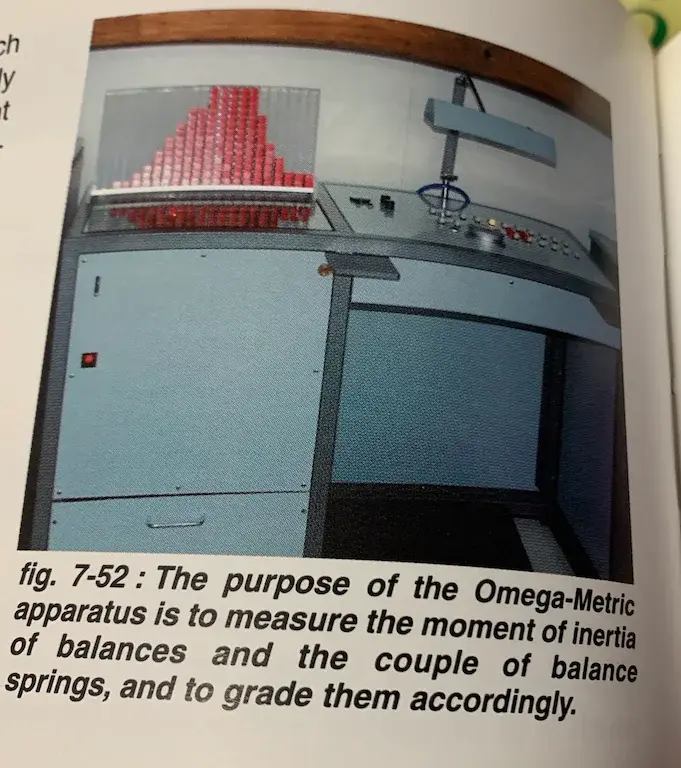502 to right
·I was wondering this today as I was looking at some vintage Omegas. How accurate were quality watches in the 50's and 60's in seconds +/- per day? Was there a huge difference in accuracy between high end watches of the day (e.g., an Omega Constellation) and run of the mill watches?
And then I started thinking about how often people reset their watches. Was it daily? Weekly?
I've done some light internet research into how people knew the correct time in the 50's and 60's and it sounds like most people would have gone off of a radio station tone at the top of the hour. And some may have had a bell in their town that chimed on the hour. Or people called a telephone number to get the time. This is how I did it in the 70's and 80's.
And then I started thinking about how often people reset their watches. Was it daily? Weekly?
I've done some light internet research into how people knew the correct time in the 50's and 60's and it sounds like most people would have gone off of a radio station tone at the top of the hour. And some may have had a bell in their town that chimed on the hour. Or people called a telephone number to get the time. This is how I did it in the 70's and 80's.
